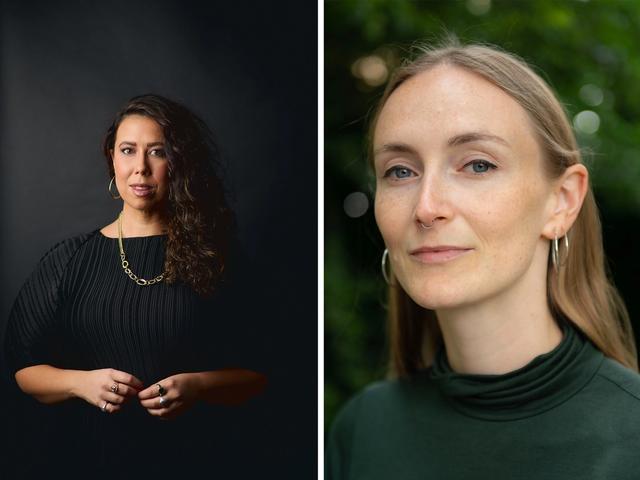Tate has launched a new fund which aims to increase the representation of Indigenous works in its collection. The move chimes with existing trends as more and more museums worldwide, and biennials, too, focus on Indigenous art and heritage. The 60th Venice Biennale, which launches this week, includes numerous works by Indigenous artists.
The Tate project opens with a four-year commitment from the AKO Foundation to fund acquisitions of Sámi and Inuit art from Northern Europe (the amount is undisclosed). The AKO foundation is a charitable trust established in 2013 by the Norwegian businessman Nicolai Tangen. It supports charitable causes that improve education, promote the arts, or mitigate climate problems.
Crucially works by the artist Outi Pieski now belong to Tate—the woven hanging installation Guržot ja guovssat / Spell on You! (2020) and its companion piece Skábmavuođđu / Spell on Me! (2024)—marking the first time a Sámi artist has entered the collection. “Similar projects to research, collect and display the work of artists from other Indigenous communities will follow, including in South Asia, Oceania and the Americas,” a Tate statement says.
Last year, Tate appointed Kimberley Moulton to the role of adjunct curator, First Nations and Indigenous art. Moulton, a Yorta Yorta woman from Australia, was previously senior curator, First Peoples, at Museums Victoria (Australia’s largest public museum organisation) where she organised 17 exhibitions.
This year’s Venice Biennale, under the curator Adriano Pedrosa, focuses on Indigenous and queer artists under the curatorial theme Foreigners Everywhere. Indigenous artists have a strong “emblematic” presence in the show, said Pedrosa earlier this year. The Mahku collective, who come from the border of Brazil and Peru, have painted a monumental mural on the façade of the Central Pavilion in the Giardini. In the Arsenale, the Mataaho collective from New Zealand present a large installation in the first room.
Karin Hindsbo, the director of Tate Modern, adds: “We are beginning to see greater recognition of Indigenous contemporary artists around the world, as this year’s Venice Biennale demonstrates so brilliantly.”



